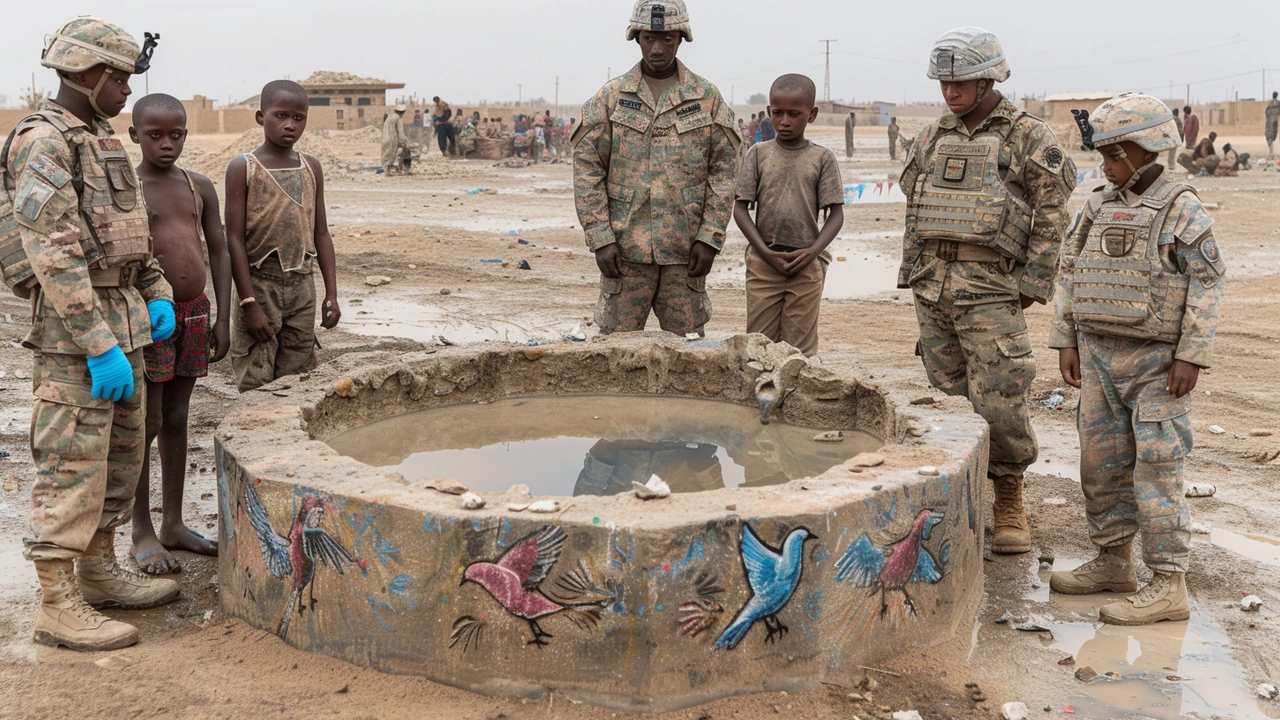Peacekeeping hasn’t stayed the same. What began in the late 1940s as small teams watching ceasefires has grown into complex operations that protect civilians, support elections, rebuild institutions, and help deliver aid. That change affects how conflicts end, how people recover, and how countries work together.
At first, peacekeepers were mostly neutral observers sent to stop immediate clashes. Over time, wars shifted from clear state-on-state fights to messy civil wars, insurgencies, and crimes that cross borders. Those threats forced peace operations to take on new roles: protecting civilians, disarming fighters, and helping justice and governance systems stand up again. Politics also changed. Donor pressure, media coverage, and local expectations meant missions could no longer just watch — they had to act more decisively while still trying to stay impartial.
Another major driver was lessons learned. High-profile failures pushed the UN and partners to change mandates, improve training, and include police, judges, and development experts alongside soldiers. That blend—military, police, civilians—created what people call "multidimensional" missions.
Modern peacekeeping mixes tools. Troops still provide security, but missions now often include humanitarians, rights experts, and technical teams that rebuild courts, train police, or restore basic services. Technology helps too: satellite imagery, secure communications, and drones improve situational awareness and protect staff and civilians. Rules of engagement are clearer in many missions, giving peacekeepers more authority to stop violence when civilians are at risk.
Yet there’s no one-size-fits-all recipe. Success usually comes when mandates are realistic, when missions partner with local leaders, and when countries contributing troops and money are on the same page politically. Building local trust matters more than flashy tech. Training that focuses on cultural context, human rights, and de-escalation often pays off far more than extra equipment alone.
Challenges remain. Mandates can be politically constrained, funding is uneven, and peacekeepers sometimes face hostile actors who ignore international norms. Accountability and support for local institutions must improve if missions are to leave behind lasting peace rather than temporary calm.
If you follow peacekeeping, look for clear mission goals, strong local partnerships, and how missions measure progress beyond patrols—like stronger courts, fewer attacks on civilians, or more functioning services. Those signs show evolution in practice, not just in name.
Peacekeeping has come a long way. The shift from passive observation to active, multidimensional engagement reflects the changing face of conflict—and a clearer focus on protecting people and rebuilding societies. That’s what makes its evolution worth watching and supporting.

Hi there! Today, let's dive into an intriguing discussion about the evolution and impact of peacekeeping. We'll be exploring some significant changes in peacekeeping strategies over time and delving into the profound implications these have on global politics. Understanding the shifts in peacekeeping methods can offer us valuable insights into our world's history and its future. Join me as we unravel this fascinating topic.
